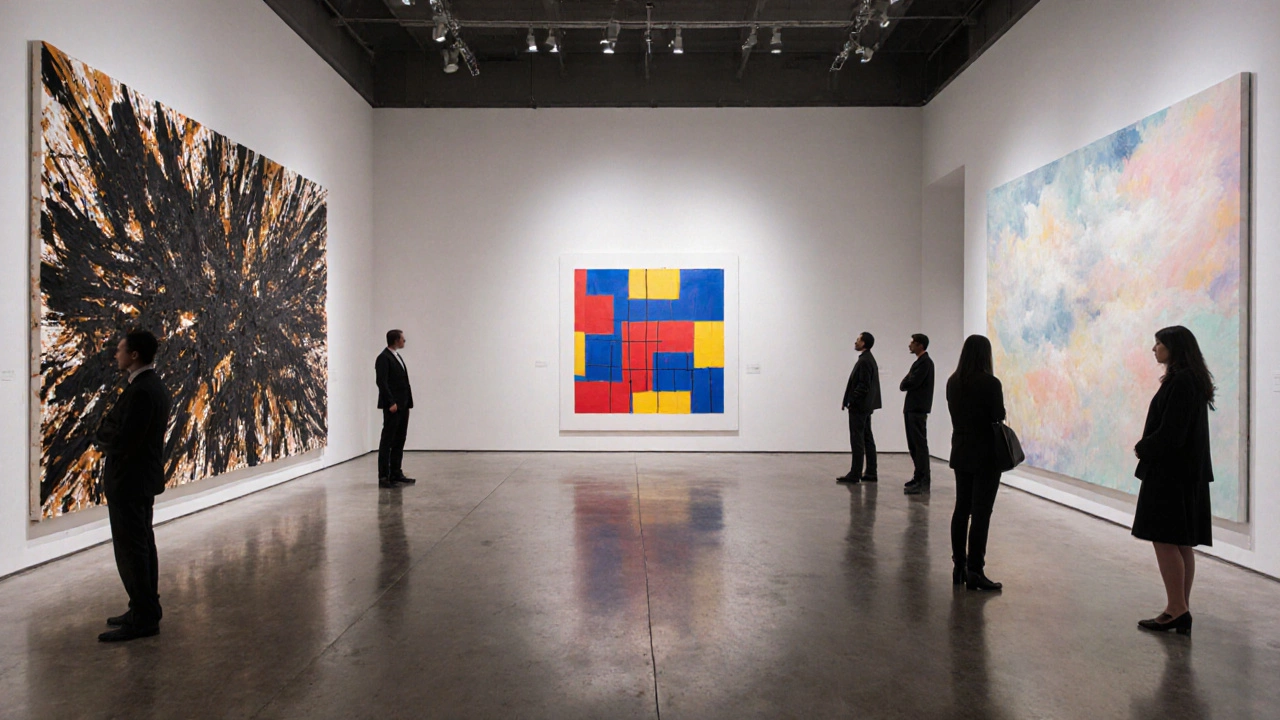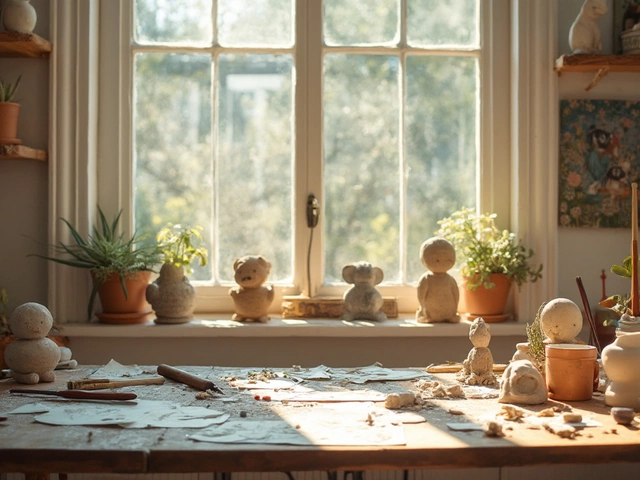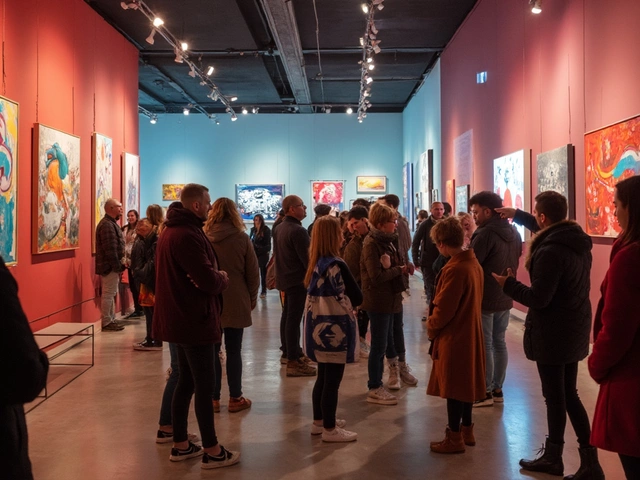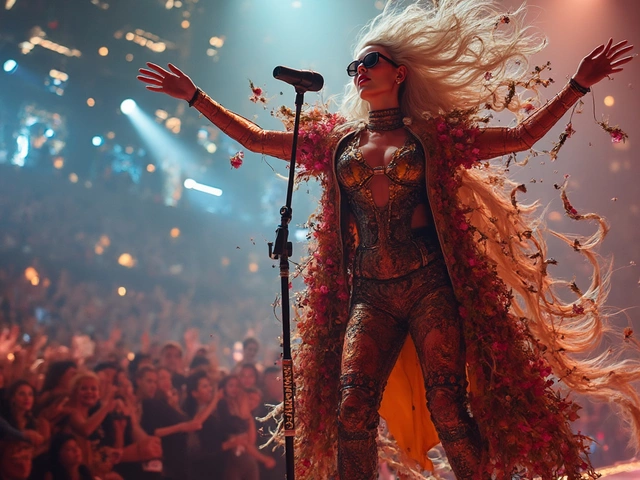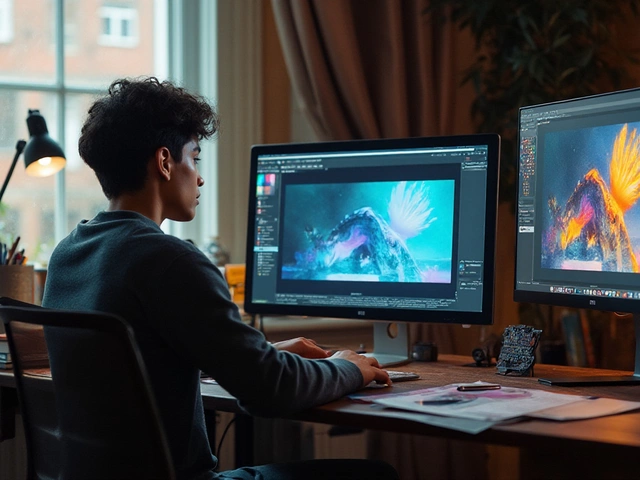Modern Abstract Art
When working with modern abstract art, a style that blends modernist ideas with non‑representational forms. Also known as abstract modernism, it lets artists break away from realistic depiction while still echoing the innovations of early 20th‑century movements. This mix of freedom and structure creates works that feel both historic and fresh.
To grasp modern abstract art you first need to know abstract art, art that abandons recognizable subjects in favor of shapes, colors, and gestures. It emerged as a reaction against strict realism, inviting viewers to interpret meaning from visual cues alone. Abstract art supplies the visual vocabulary—color fields, gestural strokes, and symbolic geometry—that modern abstract artists remix.
Next up is modern art, the broad wave of artistic experimentation that began around the 1860s and peaked in the early 1900s. Modern art introduced concepts like abstraction, fragmentation, and the rejection of traditional perspective. Those ideas form the backbone of modern abstract art, giving it a historic anchor.
While modern art set the stage, contemporary art, the art produced from the late 20th century to today pushes those boundaries even further. Contemporary artists borrow from modern abstract techniques but often inject digital media, activism, or pop culture references. This ongoing dialogue means modern abstract art stays relevant in today’s galleries.
One way to feel the pulse of the movement is through famous sayings. abstract art quote, a memorable line from an artist or critic that captures the essence of abstraction—like Kandinsky’s claim that “color is a means of exerting direct influence upon the soul.” Such quotes reveal the intellectual drive behind the visual experiments you’ll see.
Historically, the first modern artist often cited is Édouard Manet. His 1863 painting "Le Déjeuner sur l'herbe" challenged the Academy and opened doors for abstraction. Manet’s willingness to distort form and play with light is a direct ancestor of today’s modern abstract works, proving that breaking rules fuels creative evolution.
Understanding the split between modern and contemporary art helps you spot the nuances in modern abstract pieces. Modern art emphasizes formal experimentation; contemporary art stresses context and concept. When you see a canvas with bold color blocks and a hint of social commentary, you’re witnessing the overlap of these two worlds—a semantic triple: "modern abstract art" encompasses "abstract art techniques"; it requires "knowledge of modern art history"; and "contemporary art" influences its thematic choices.
Practical techniques like the grisaille method, traditionally a monochrome underpainting, can also appear in modern abstract canvases as a textural base. Artists may start with a grayscale study before slashing on vivid pigments, a process that links old‑master skills with new‑age spontaneity.
From a business perspective, modern abstract art offers solid opportunities. The rise of print‑on‑demand services means you can sell high‑quality reproductions of your abstract pieces, turning a hobby into a side hustle. Knowing how to price prints, choose platforms, and market your style aligns with the theme of many of our guides.
Many people wonder why contemporary art sometimes looks “simple.” The answer lies in the same abstract mindset: stripping away excess to reveal core ideas. That simplicity is a legacy of the abstract movement, and it’s a useful lens when you evaluate modern abstract works.
Our Artistry Education Hub hosts workshops that walk you through these concepts step‑by‑step—whether you’re a beginner eager to dabble in abstraction or an experienced painter looking to refine your modern approach. The resources below dive deeper into history, technique, and market tips.
Below you’ll find a curated collection of articles that unpack everything we’ve touched on: from the pioneers who set the stage to the practical how‑tos for creating and selling modern abstract art. Explore the posts to expand your knowledge and start experimenting today.
Three Main Types of Abstract Art Explained
Discover the three main types of abstract art-Abstract Expressionism, Geometric Abstraction, and Lyrical Abstraction-and learn how to identify, compare, and collect them.
Continue Reading